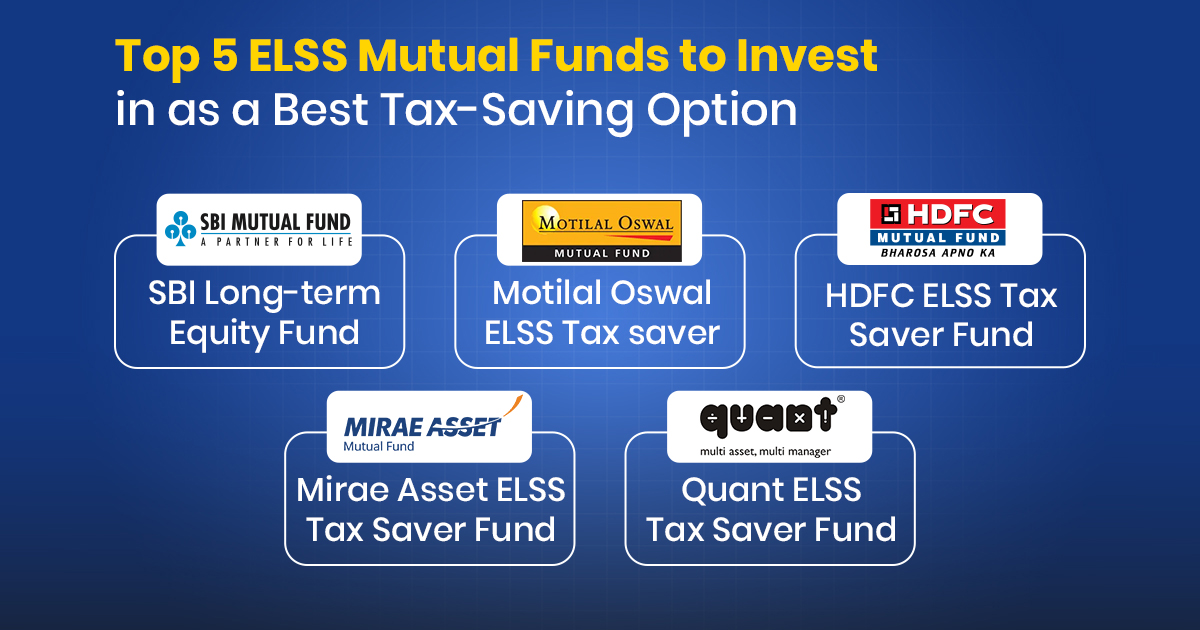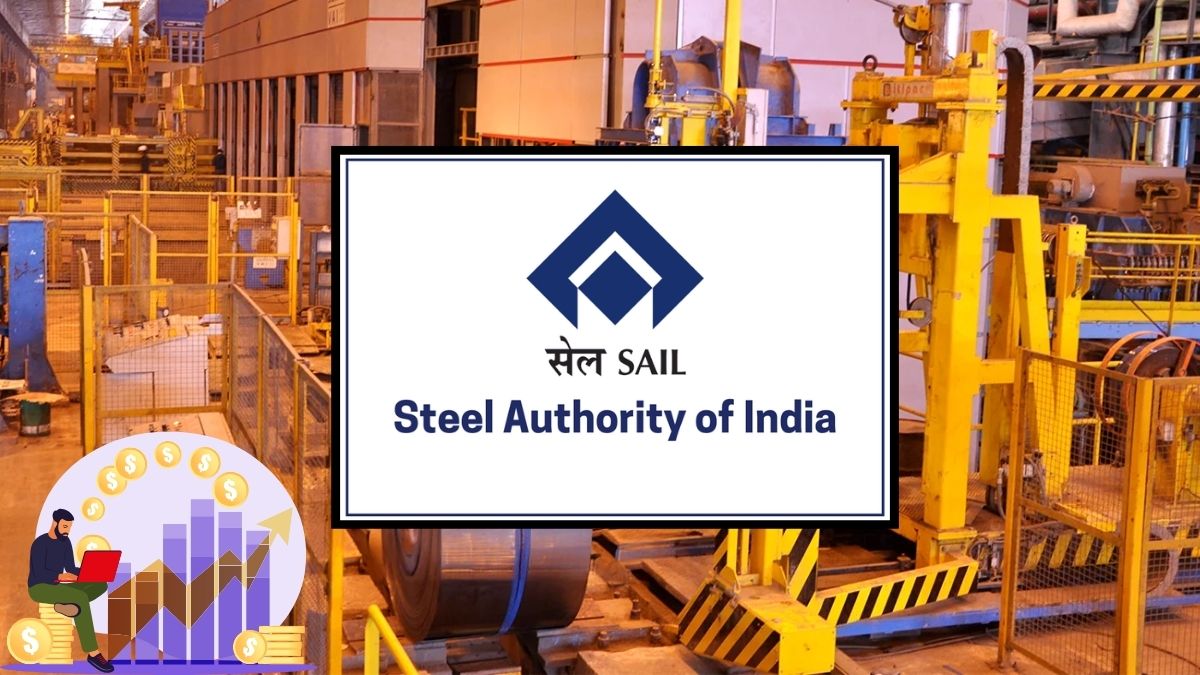When it comes to building long term wealth while saving on income tax, Equity Linked Savings Schemes have emerged as one of the most popular options in India. These mutual fund schemes not only help investors claim tax deductions under Section 80C of the Income Tax Act but also offer the potential for high equity linked returns over the long run. Among the several ELSS funds in the market, two stand tall due to their long history, consistent performance, and widespread investor confidence. These are the SBI ELSS Tax Saver Fund and the HDFC ELSS Tax Saver Fund. Both carry a 5 star rating from Value Research and have managed to attract a large investor base over the decades.

The SBI ELSS Tax Saver Fund was launched on the last day of March in 1993. Since then, it has delivered a remarkable return of 17.02 percent since inception. To understand what that really means, consider this: a lump sum investment of just one lakh rupees in 1993 would have grown to approximately one crore fifty three lakh rupees over the next 32 years. That’s a powerful example of the compounding effect in action. Over the past two decades, the fund has managed to generate a 20 year compound annual growth rate of 16.07 percent, showing strong long term stability. The fund is benchmarked against the BSE 500 TRI and is categorized as a very high risk fund according to the SEBI Riskometer. As of the end of May 2025, it manages assets worth nearly twenty nine thousand six hundred crore rupees, a sign of robust investor trust. However, the fund’s expense ratio, which stands at 1.58 percent as of June 2025, is slightly on the higher side, especially when compared with low cost passive funds.

The HDFC ELSS Tax Saver Fund, which started in March 1996, also brings a rich history and strong performance. Since inception, the fund has delivered a total return of 23.35 percent. This means that a one lakh rupee investment made in 1996 would be worth over four crore thirty nine lakh rupees today. Over the past twenty years, the fund has maintained a strong annual growth rate of 15.33 percent. Similar to SBI’s fund, this one also offers tax deductions under Section 80C and aims to provide capital appreciation by investing in a diversified equity portfolio. It is benchmarked against the NIFTY 500 TRI and carries the same very high risk classification. As of May 2025, it has an assets under management figure of around sixteen thousand four hundred crore rupees. The expense ratio for this fund is slightly higher than that of the SBI ELSS Tax Saver Fund, coming in at 1.68 percent.
While both funds are open ended and offer similar tax advantages, the main differences lie in their long term returns, fund size, and expense ratios. Historically, SBI’s ELSS fund has delivered slightly better returns over the past 20 years and has attracted more assets under management. HDFC’s fund, on the other hand, has shown higher overall returns since inception and has also built a loyal investor base over time.

It is important to note, however, that past returns do not guarantee future performance. Mutual funds are subject to market risks, and investors should consider their own financial goals, risk tolerance, and investment horizon before making any decisions. For investors seeking equity exposure with tax saving benefits and willing to stay invested for the long term, both SBI and HDFC’s ELSS funds remain strong contenders. The choice between the two could come down to personal comfort with the fund manager, expense ratio preference, or historical performance alignment with the investor’s expectations.
For more insights into India’s best mutual funds, tax saving investments, and financial planning tips, follow You Finance on Instagram and Facebook. Let us help you make smarter and more informed money decisions.















